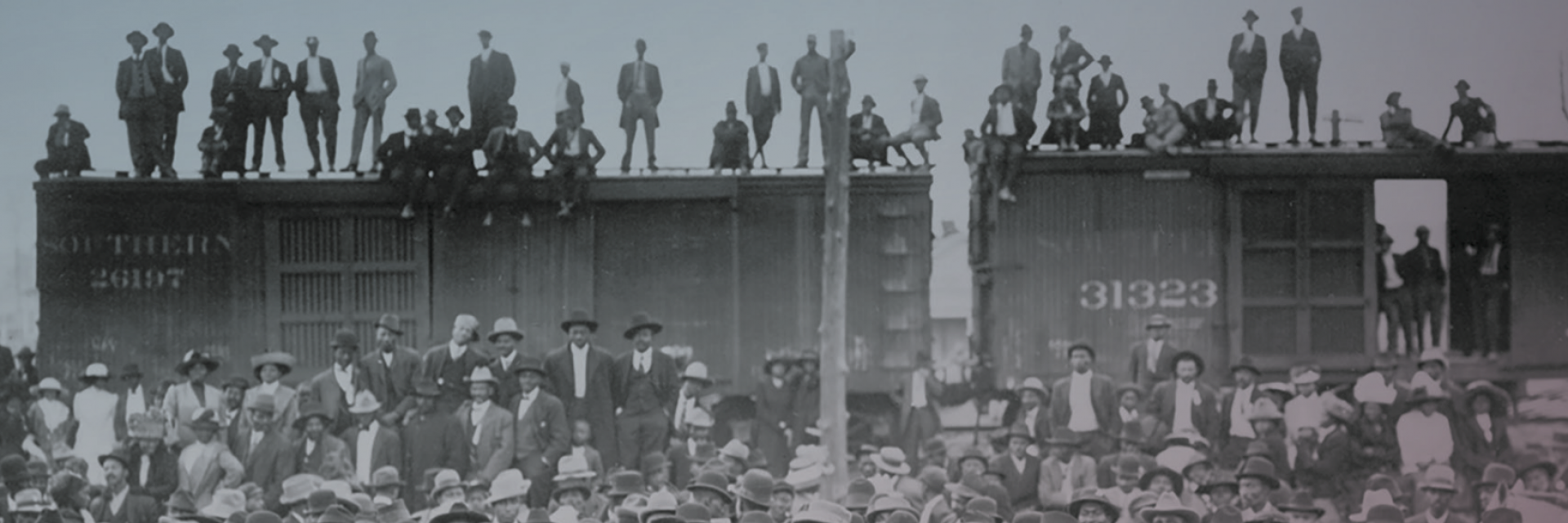In response to denunciations of populism as undemocratic and anti-intellectual, Intellectual Populism argues that populism has contributed to a distinct and democratic intellectual tradition in which ordinary people assume leading roles in the pursuit of knowledge.
Focusing on the Gilded Age and Progressive Era, this book uses case studies of certain intellectual figures to trace the key rhetorical appeals that proved capable of resisting the status quo and building alternative communities of inquiry.
Through these case studies, Intellectual Populism demonstrates how orators and advocates can channel the frustrations and energies of the American people toward productive, democratic, intellectual ends.
Buy at Parnassus Books (great local bookstore in Nashville).
Use this discount code to buy the book at Michigan State University Press.









